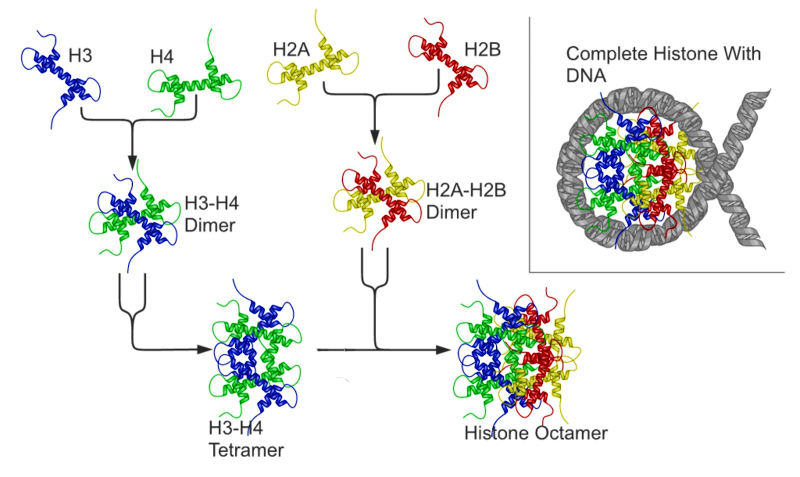So after many attempts and re-workings, new primer sets and
fresh enzymes, plates with colonies and negative cultures, we decided that the
LacZ fusion was not going to work and devoting any more time to it did not make
sense. We still needed a mechanism for
visualizing Rad23 expression at our fourth chromosome heterochromatin
site. A visual marker, like the white gene I described earlier, is the
easiest way to monitor gene expression, but wasn’t ideal because we weren't
sure it would function as a fusion protein with Rad23, and because it is a fly
gene we worried it might have its own effects on heterochromatin formation, if
only minor. One of my major concerns
about this situation has been the lack of the knowledge of the Rad23
protein. There has not yet been work
done on the Drosophila Rad23 protein.
There are high quality predictions of the Rad23 coding sequence, which
we used when designing our attempts to generate the Rad23-LacZ reporter. To get around this, I decided to design a
reporter that would not require an accurate Rad23 prediction to work. Instead of Rad23 fused to a reporter protein,
I made use of an internal ribosome entry site construct in conjunction with a
fluorescent marker mVenus.
 |
| Summary of transcription and translation: From NIH Stem Cell report.
©Terese Winslow.
|
A bit of background/refresher; for an mRNA message that was transcribed from a gene to lead to protein production, the mRNA must be translated. The concept of transcription versus translation can be a bit tricky. I always remember it by thinking of a conversation, if you were making a copy of a conversation, in the same language, but using your own vernacular, you’d be transcribing. This is much the same as an RNA transcript being generated from DNA in the genome, RNA and DNA are essentially the same language, both nucleic acid based, but they have their own special vernacular, in RNA you have Uracil instead of Thymine found in DNA. In contrast, if you were copying a conversation from English to French, that would be a translation, changing it from one language to another. In generating protein, this is essentially what happens, the RNA nucleic acid language must be translated into the protein amino acid language, the two are very different, but you can only make a protein if you have the correct mRNA to translate. Translation is done by ribosomes, first they bind to mRNA by recognizing a ribosome entry site. Then ribosomes use the mRNA template to make a protein by joining amino acids together in a specific order. Some mRNA transcripts have more than one ribosome entry site, so more than one separate protein can be generated from the same transcript.
This is what I chose to exploit for our new construct. We included Rad23 with an upstream repeat
sequence known as 1360 and its 5’ untranslated sequence through the stop
codon, then we added an internal ribosome entry site (IRES) and the mVenus
coding sequences, as well as a strong transcriptional terminator (SV40T), which
is necessary to ensure good transcript levels.
This construct was used with the MiMIC vector system and injected into
embryos. Next up, we’ll talk about
generating flies with your desired sequences, the techniques and genetics
involved.










